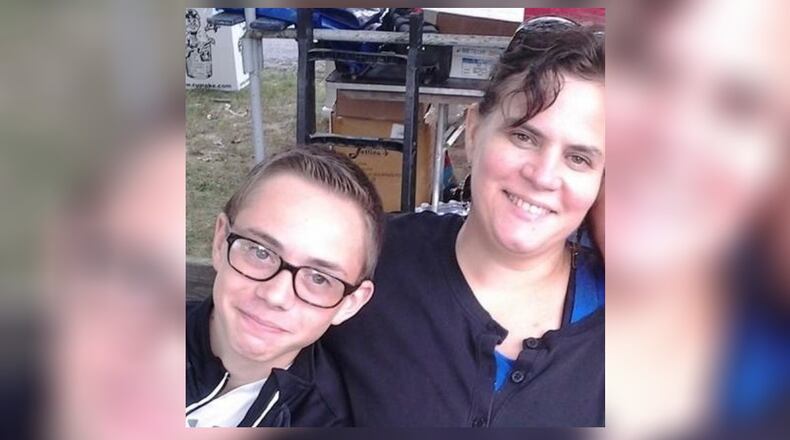At the time of his death, she didn’t see that he was struggling, Gillespie said, despite her job as a teacher and her degree in counseling.
“You don’t get an instruction booklet with kids,” she said. “So you don’t know what’s normal or not normal.”
Since her son’s death by suicide at the age of 15, Gillespie has devoted time to researching youth mental health and suicide prevention.
She now recognizes Liam’s tendency toward perfectionism and that he’d begun struggling in some of his classes as a sophomore at Troy High School. He had mild Attention Deficit Disorder and had been prescribed medication that came with a side effect warning about potential suicidal thoughts in teens.
She believes he might have planned suicide for some time before he left church early one Sunday, walked home alone and took his life.
READ MORE: Why youth mental health is one of the Miami Valley's biggest issues
The keys for parents, she said, are listening and communicating.
“Be very honest about mental illness and different feelings,” she said. “Listen to their emotions.”
If they are on any medication, it’s important that the adults in their life, including teachers, are aware and watching for changes in behavior.
Anything that’s not typical of their “normal,” she said, is an opportunity to start a conversation.
And it’s important to be direct when you believe there’s something wrong with your child or your student, Gillespie said. Mental health professionals say asking directly if a young person is thinking about harming themselves is the best approach and won’t put ideas in their head or otherwise make things worse.
Beyond parents being vigilant and involved with their children’s mental health, she’d like to see schools start teaching coping behaviors earlier and offering more support groups for teens to share their feelings.
“There needs to be a lot more kindness in the world and a lot more accepting of people’s differences,” she said.
RELATED: Mental health a major focus for local schools
It can be hard for parents and teachers to connect with kids as technology changes, Gillespie said. She’d like to see more programs be youth-led so that teens can connect with people their own age in their own way about mental health.
“There’s a disconnect with these kids,” she said. “They live on social media.”
Faith communities also could do more to engage families in discussions about mental health, she said.
Both the Troy Schools community and the St. Patrick’s Catholic Church congregation came together in amazing ways after Liam’s death, his mom said.
“Suicide affects the whole village and the whole community,” she said. “I think this raised awareness.”
MORE: Dr. Ramey: How parents can help kids deal with social media
About the Author

